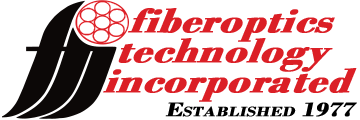Condition of Use
Use of this website, or downloading any materials from this website, constitutes agreement to the terms contained herein. If you do not agree to the terms, do not use the website or download any material from our server. FTI may revise the terms of this agreement at any time by updating this posting. You should

